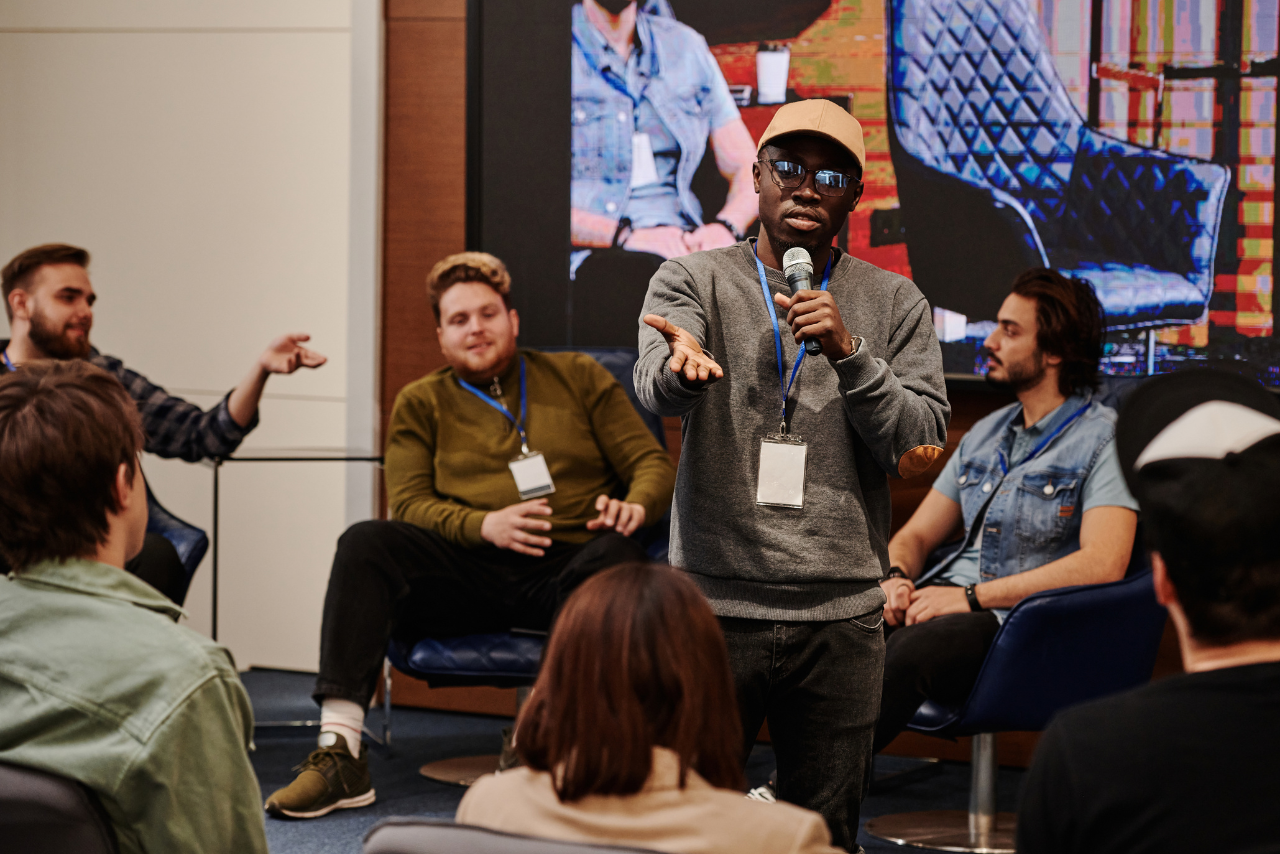
Planning a multicultural event requires a thoughtful approach to ensure that all cultural backgrounds are respected and celebrated. It is about creating an inclusive environment where every attendee feels valued, heard, and engaged. The process for planning such an event involves several key steps that ensure cultural diversity is at the forefront of the event’s design and execution.
The first step in planning a multicultural event is identifying the diverse audience and understanding their unique needs and expectations. This involves conducting research or surveys to gather information about the cultural backgrounds, preferences, and interests of the attendees. Understanding the cultures represented in the guest list allows planners to tailor the event experience to ensure it is relevant and enjoyable for everyone.
Once the audience is understood, the next step is to define the event’s purpose and objectives. Whether it’s a corporate event, a community celebration, or a social gathering, the goals of the event must align with the cultural values and interests of the participants. Planners should establish a clear vision of what they hope to achieve, whether it’s raising awareness about cultural diversity, celebrating a specific culture, or fostering connections among different communities.
Next, planners need to carefully consider the venue and logistics. The venue should be accessible and comfortable for individuals from diverse backgrounds, including considerations for mobility, religious practices, and dietary needs. The space should be flexible enough to accommodate various cultural expressions, such as music, dance, or art, and provide a welcoming atmosphere for all attendees. Additionally, planners must ensure that the event’s timing and scheduling respect different cultural holidays, observances, and traditions.
Creating a culturally inclusive program is another crucial step in the planning process. This involves selecting activities, entertainment, and speakers that represent a variety of cultures. A multicultural event should feature diverse music, food, and activities that reflect the richness of different cultural traditions. Planners should also consider including diverse speakers or performers who can share their experiences, insights, and stories with the audience. It’s essential that the program fosters learning and dialogue among attendees, encouraging them to share their own cultural experiences.
Communication is a key factor in the success of a multicultural event. To ensure that all attendees feel included, planners should provide multilingual materials and offer translation or interpretation services if necessary. This could include translated event programs, signage, or live translation of speeches and presentations. Making sure all attendees can fully understand the event content enhances the inclusivity of the experience.
Another important aspect of the planning process is the food and beverage selection. Food plays a central role in many cultural celebrations, and offering a variety of cuisines that represent different cultures is a way to show respect for the diversity of the audience. Planners should consider dietary restrictions, religious practices, and food preferences to ensure that there are options for everyone. Offering halal, kosher, vegetarian, and vegan options, for example, ensures that guests with specific dietary needs feel respected and included.
Throughout the planning process, it’s essential to involve individuals from diverse cultural backgrounds in the decision-making. This can be done by hiring multicultural teams, consulting cultural experts, or inviting representatives from different communities to provide feedback. Involving these voices helps ensure that the event truly reflects the cultural diversity of the attendees and avoids any missteps or cultural insensitivity.
Finally, promoting the event in a way that celebrates its multicultural nature is crucial. Event marketing materials should reflect the diversity of the audience and highlight the inclusive elements of the event. This can be done through social media, advertisements, and other promotional channels, ensuring that the event reaches a wide and varied audience.
In conclusion, planning a multicultural event is about much more than inviting a diverse group of people. It involves careful consideration of the cultural, logistical, and emotional needs of attendees. By thoroughly understanding the audience, crafting an inclusive program, and respecting cultural differences, event planners can create meaningful and impactful experiences that bring people together, celebrate diversity, and foster understanding across cultures.


